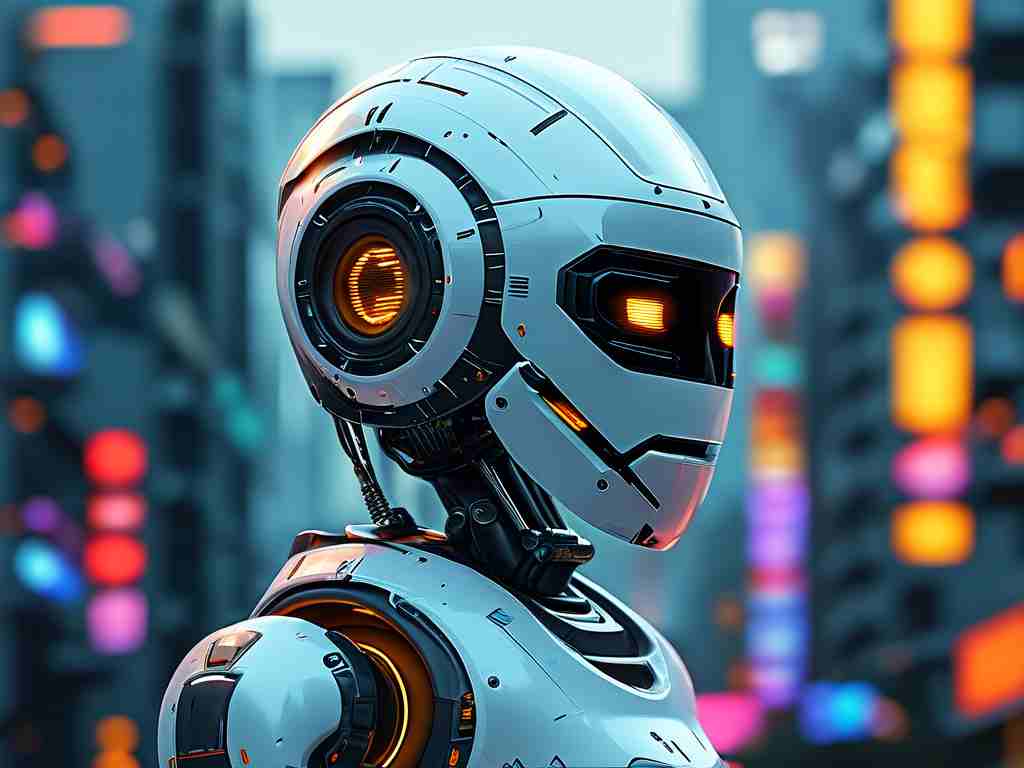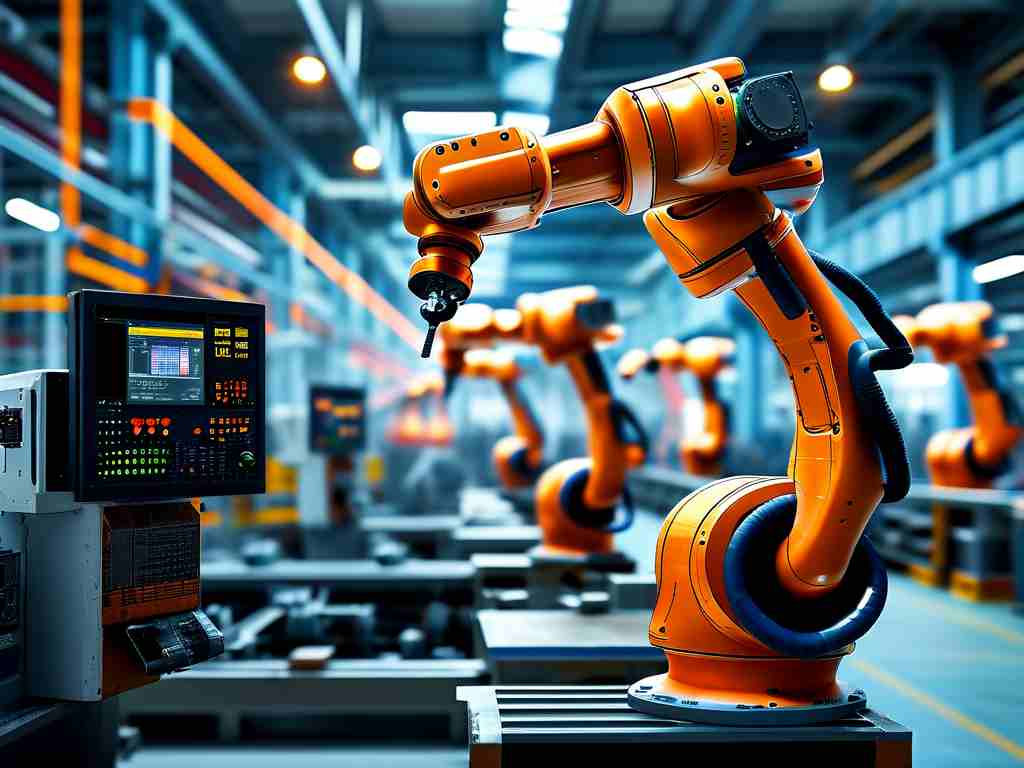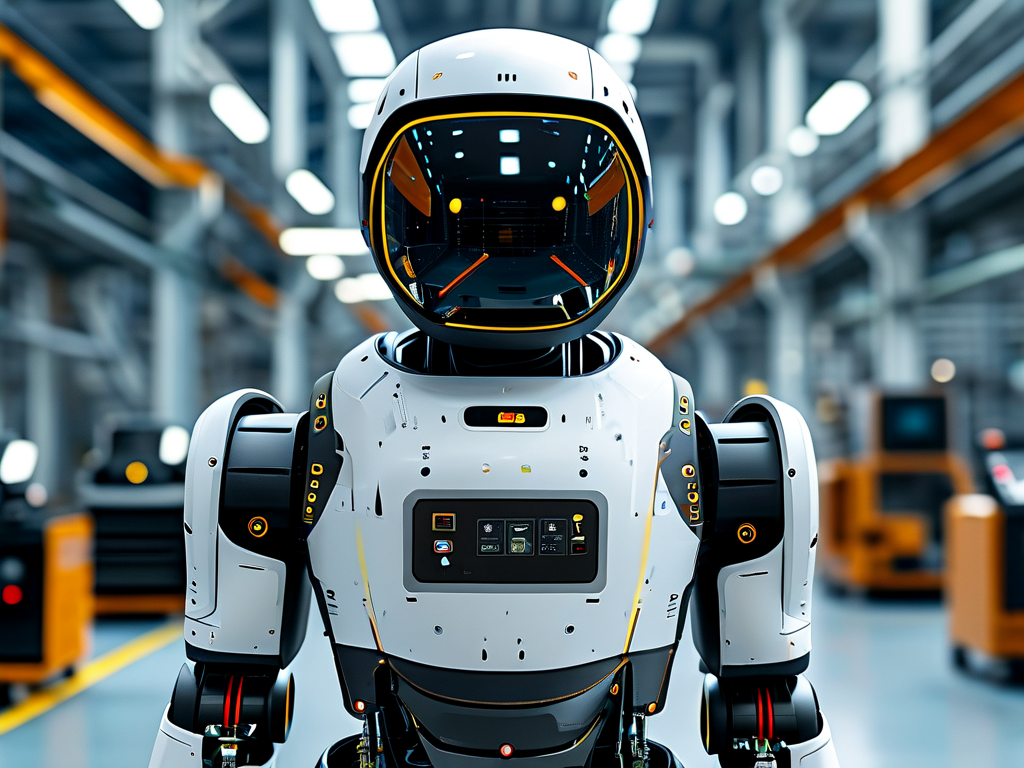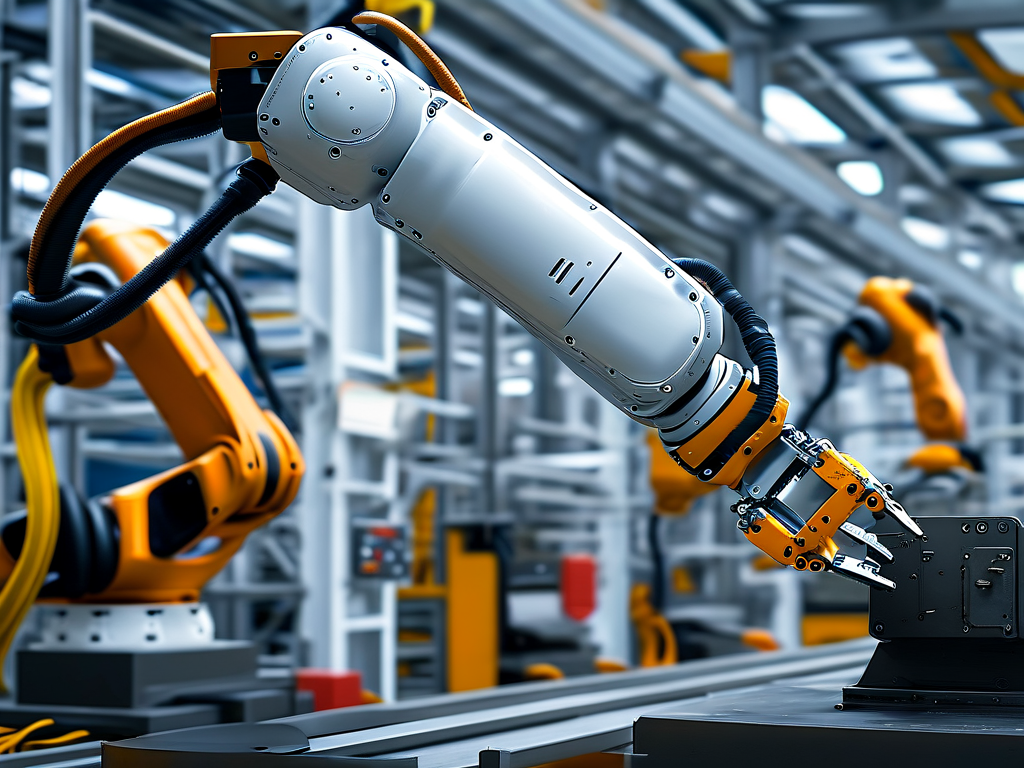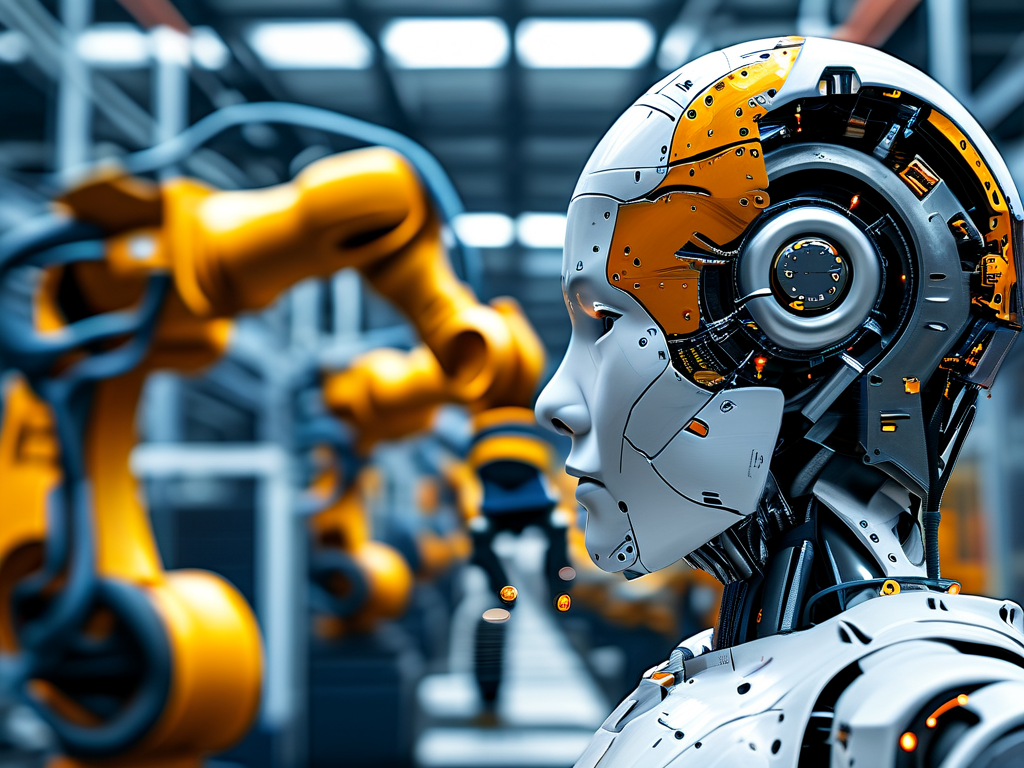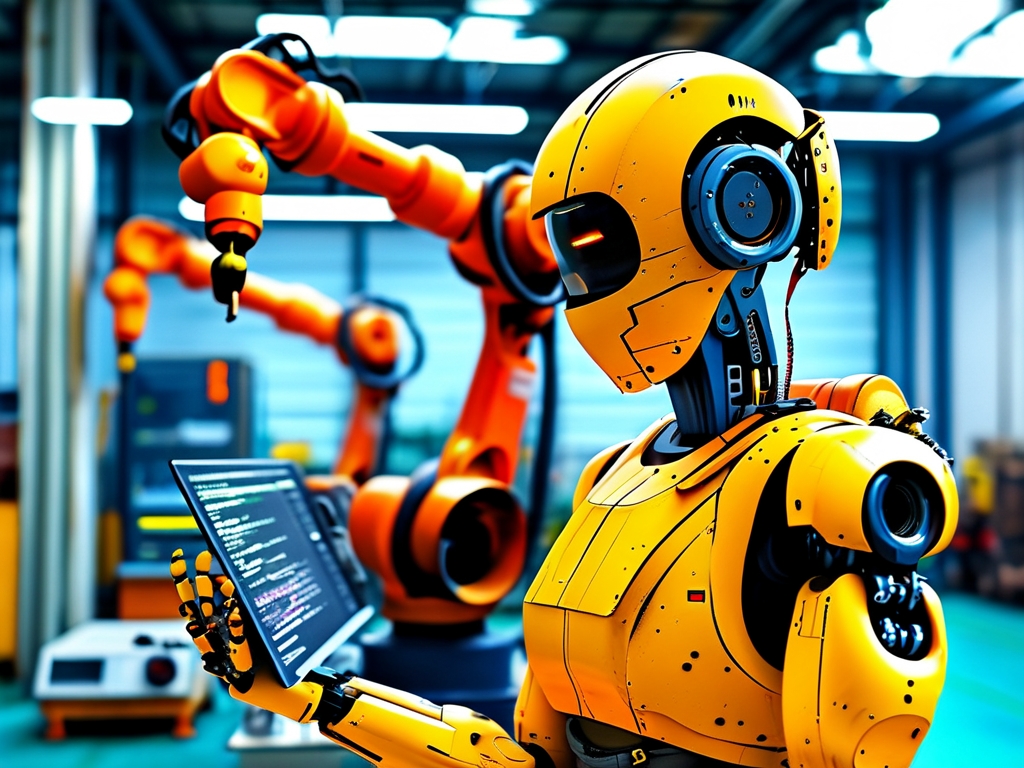The integration of robotics into industrial workflows has revolutionized manufacturing, and factory inspection robots are emerging as critical tools for ensuring operational efficiency, safety, and quality control. These robots are designed to autonomously monitor equipment, detect anomalies, and collect data in complex industrial environments. However, their successful deployment hinges on meeting stringent technical requirements. This article explores the core technical specifications, challenges, and future trends for factory inspection robots.
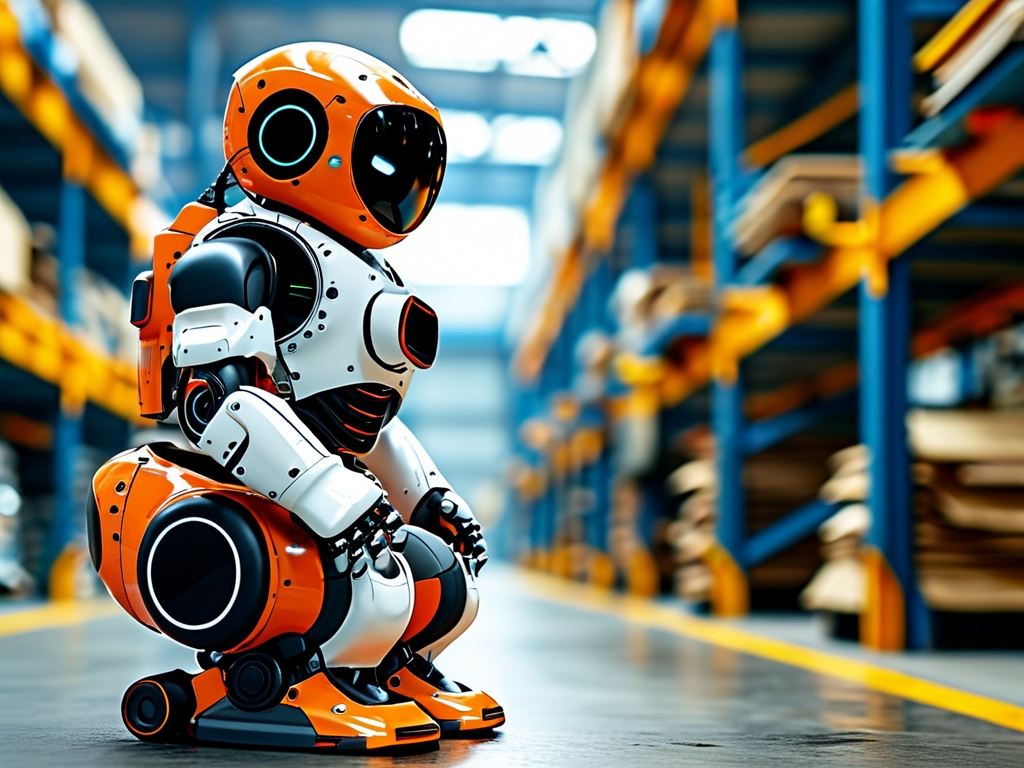
1. Core Technical Requirements
1.1 Autonomous Navigation and Mobility
Factory inspection robots must navigate dynamic environments with obstacles, uneven surfaces, and restricted spaces. Key technologies include:
- SLAM (Simultaneous Localization and Mapping): Enables real-time environment mapping and self-localization.
- Multi-Sensor Fusion: Combines LiDAR, ultrasonic sensors, and cameras for obstacle detection.
- All-Terrain Capability: Robust wheels or tracks to handle floors contaminated with oil, dust, or debris.
1.2 Sensor Integration and Data Accuracy
High-precision sensors are essential for reliable inspections:
- Thermal Imaging Cameras: Detect overheating machinery.
- Vibration Sensors: Identify abnormal equipment oscillations.
- Gas Leak Detectors: Monitor hazardous emissions.
- High-Resolution Cameras: Capture visual defects at micrometer levels.
Calibration and noise reduction algorithms are critical to ensure data accuracy.
1.3 Real-Time Data Processing and Communication
Inspection robots generate vast data streams, necessitating:
- Edge Computing: Onboard processors to analyze data locally, reducing latency.
- 5G/Wi-Fi 6 Connectivity: High-speed transmission of large datasets to central systems.
- Cloud Integration: For long-term storage and advanced analytics using AI models.
1.4 Energy Efficiency and Battery Life
Factories often operate 24/7, requiring robots to work extended shifts without frequent charging:
- High-Capacity Batteries: Lithium-ion or solid-state batteries with 8–12 hours of runtime.
- Fast Charging: Wireless or contact-based charging stations for minimal downtime.
- Low-Power Sensors: Optimized hardware to conserve energy.
1.5 Durability and Environmental Resistance
Industrial environments expose robots to extreme conditions:
- IP67/68 Rating: Protection against dust, water, and chemicals.
- Temperature Resistance: Functionality in -20°C to 50°C ranges.
- Shock Absorption: Reinforced frames to withstand collisions.
2. Implementation Challenges
2.1 Complex Environment Adaptation
Factories vary in layout and hazards, making universal robot deployment difficult. Customizable software and modular hardware designs are needed to adapt to diverse workflows.
2.2 Sensor Limitations
False positives/negatives remain a risk due to sensor interference (e.g., electromagnetic noise). Hybrid systems combining AI-driven anomaly detection and human oversight can mitigate errors.
2.3 Cost vs. ROI Balance
Advanced robots require significant upfront investment. Manufacturers must justify costs through measurable gains in productivity, safety, and maintenance savings.
2.4 Cybersecurity Risks
Connected robots are vulnerable to hacking. Encryption, secure authentication, and regular firmware updates are mandatory to protect data integrity.
3. Future Trends
- AI-Driven Predictive Maintenance: Robots will predict equipment failures using historical and real-time data.
- Swarm Robotics: Coordinated fleets of robots for large-scale inspections.
- Digital Twin Integration: Synchronizing robot data with virtual factory models for simulation-based optimization.
Factory inspection robots represent a cornerstone of Industry 4.0, but their effectiveness depends on overcoming technical and operational hurdles. By prioritizing robust navigation, precise sensing, and seamless data integration, manufacturers can unlock transformative gains in efficiency and safety. As technology evolves, these robots will increasingly blend autonomy with human expertise, reshaping the future of industrial operations.


